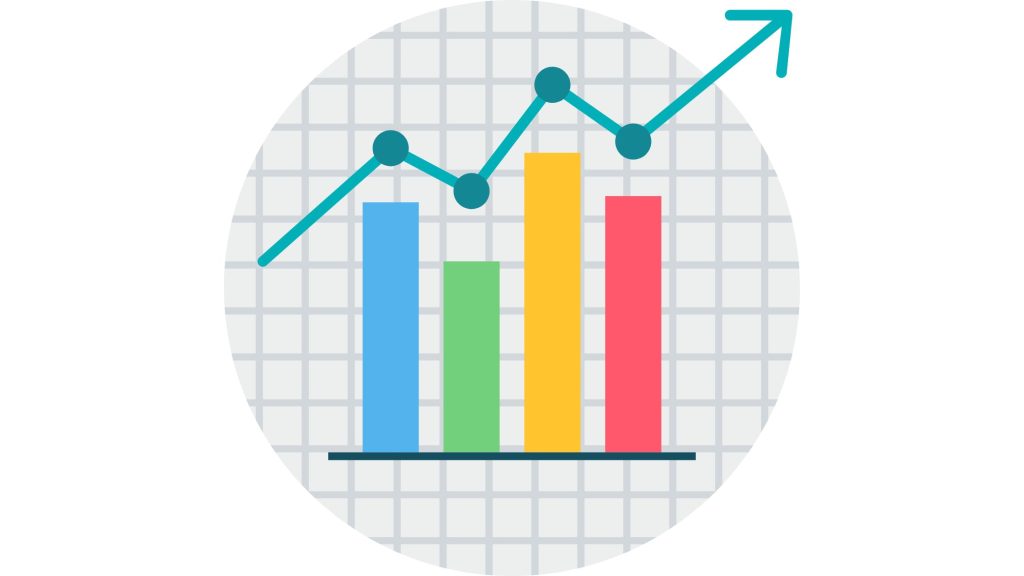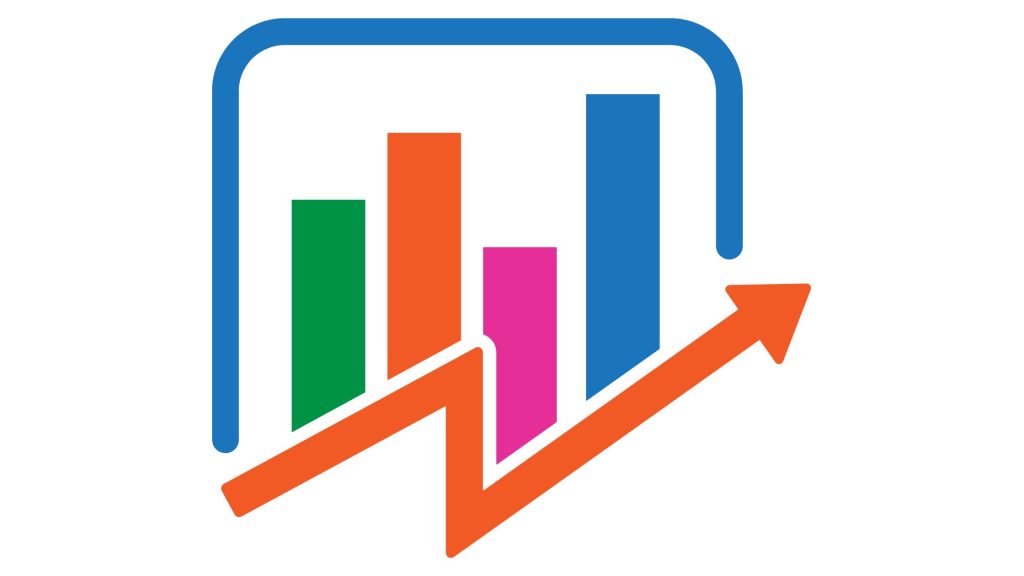Comparing data using graphs is an important aspect of data analysis as it helps to identify trends, make predictions, and solve problems. However, with a variety of graphs available, it is natural to wonder what graph is best for comparing data.
Generally speaking, every graph has its own strengths and weaknesses. Therefore, simply saying “This specific graph is the best” is not an option. The best type of graph for you will depend on the type of data you are comparing and the purpose of the graph.
So, let’s delve into the types of graphs that are best suited for data comparison. We can look into the strengths and weaknesses of each graph and determine which one works the best for your data.
Types of Graphs for Comparing Data
1. Bar Graph: Best for Comparing Categorical and Ordinal Data
The bar graph, with its simplicity and versatility, is an excellent choice for comparing categorical or ordinal data. Imagine you’re comparing the sales of different product categories. The bar graph’s vertical or horizontal bars allow you to visually compare the quantities of each category, making it easy to identify which category is the most popular or the least. For instance, you might use a bar graph to compare the revenue generated by different departments in your company.
2. Line Graph: For Tracking Trends Over Time
When you’re dealing with continuous or quantitative data and want to track changes over time, the line graph becomes your ally. Picture a scenario where you’re analyzing the stock prices of a company over several months. The line graph will depict the fluctuations, peaks, and troughs in the stock prices, revealing patterns and trends that might not be evident from raw numbers alone. Line graphs are invaluable in fields such as economics, where the rise and fall of data points over time carry significant insights.
3. Pie Chart: Good for Illustrating Proportions Clearly
Pie charts are perfect for presenting data that’s categorical in nature and aims to show the relationship of parts to the whole. If you’re comparing the distribution of different sources of income in your household budget, a pie chart can neatly display what percentage each source contributes. However, it’s essential to use pie charts with caution. If you have too many categories or your data isn’t easily divisible into percentages, a pie chart can become confusing rather than illuminating.
4. Scatter Plot: Suitable for Exploring Relationships
When the objective is to explore potential correlations between two variables, the scatter plot takes center stage. Imagine you’re investigating whether there’s a relationship between the hours of study and exam scores of a group of students. By plotting the hours of study on the x-axis and the exam scores on the y-axis, you can observe whether higher study hours indeed lead to higher scores. Scatter plots help reveal connections and trends that might be masked when you look at the variables separately.
Also read: Best way to present survey results
How to Select the Right Graph for Data Comparison?

- Consider Data Type:
The road to effective data comparison starts with understanding your data type. Categorical data calls for bar graphs or pie charts, as they can visually represent the differences between discrete categories. On the other hand, continuous or quantitative data meshes well with line graphs and scatter plots, which capture variations, trends, and relationships.
- Reflect on Purpose:
The purpose behind creating a graph should be the guiding star in your selection. If you’re aiming to showcase changes over time, a line graph shines. For illustrating proportions, a pie chart is apt. Always keep the goal of your graph in mind when choosing its type.
- Understand Your Audience:
The choice of the graph should consider the familiarity and expertise of your audience. If you’re presenting data to a general audience, simplicity is key. Complex graphs might be fitting for specialists who are well-versed in data visualization techniques.
Tips for Crafting Impactful Graphs

- Label with Clarity:
Labels are the bridge between the data and the viewer’s understanding. Clear and concise labels on the axes, data points, and categories ensure that the graph is easily interpreted. Don’t make your audience work to decipher what’s being presented.
- Consistency is Key:
Aesthetics matter in data visualization. Maintain consistency in your graph’s formatting, color scheme, and scale. A uniform appearance not only enhances the visual appeal but also aids in comparison across different data points.
- Utilize Legends:
When dealing with multiple data series or categories, a legend can be a lifesaver. It provides a key to deciphering the colors and elements in your graph, making it easier for your audience to follow your data’s story.
- Size Matters:
A cramped or cluttered graph detracts from its impact. Ensure that your graph is large enough to be comfortably read and understood. Balancing the amount of information presented with the available space is crucial for a successful graph.
- Harness Visual Aids:
Colors, shading, and markers can be potent tools for highlighting crucial information in your graph. Use them strategically to draw attention to specific data points, trends, or comparisons. However, exercise restraint to prevent overloading the graph with excessive visual elements.
Conclusion: Crafting Effective Graphs for Meaningful Data Comparison
Selecting the appropriate graph for data comparison is a choice that combines data knowledge, graph understanding, and a touch of creativity. The process is more than just picking a graph that “looks nice.” It’s about choosing a graph that best translates your data’s story to your audience. By aligning your graph choice with your data’s nature and your communication goals, you can create visuals that do more than present data—they tell a captivating and insightful narrative.


